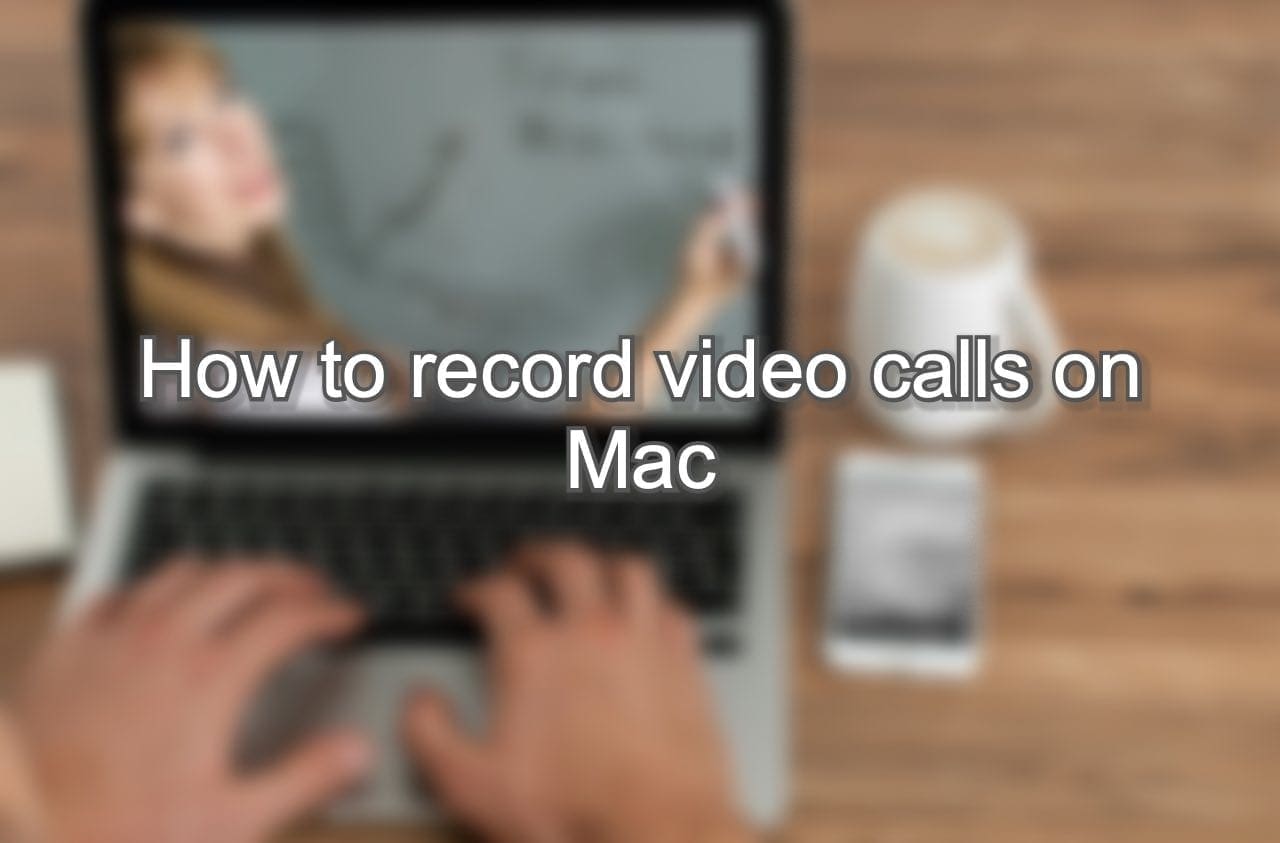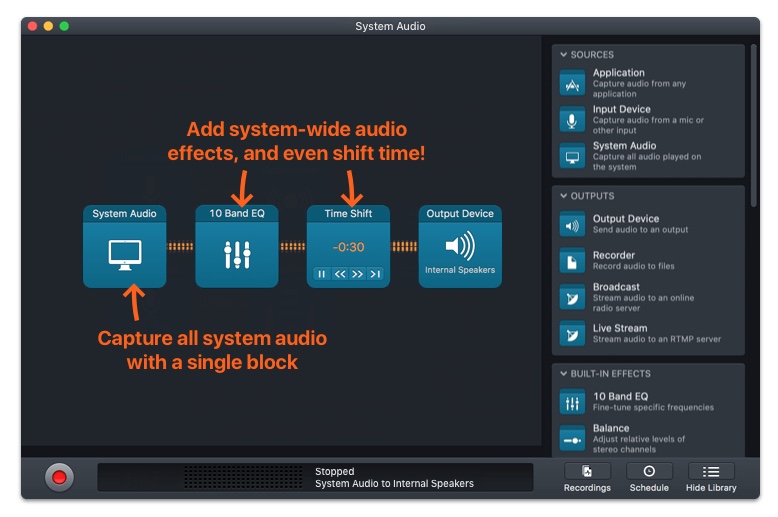
- #Using audio hijack to record video how to#
- #Using audio hijack to record video plus#
- #Using audio hijack to record video free#
When I first started podcasting six years ago many podcasters recorded their interviews with Skype and third-party apps like eCamm recorder or Pamela depending on whether you used a Mac or PC.

I’ll describe the method I used for the first 191 episodes of Ben Franklin’s World and tell you how NPR records many of its remote interviews. Recording Phone Conversationsīefore the proliferation of apps like SquadCast and Zencastr, podcasters like me had to resort to all sorts of makeshift systems to record a remote phone call.
#Using audio hijack to record video free#
Unlike SquadCast and Zencastr, Cleanfeed has both a free plan and a paid plan. This means that like SquadCast and Zencastr you can have multiple guests. Cleanfeed is a relatively new app that records multi-feed live audio with anyone in the world. If you need a zero-cost option, you might look at Cleanfeed. Presently, Zencastr is also beta testing video so that in the future customers will be able to record both audio and video.īoth SquadCast and Zencastr require a subscription to use, which may place these apps out of range for those who need a zero-cost option. Like SquadCast, Zencastr offers a wonderful remote recording option to those who need to capture audio. Now I said “both” sides of a conversation, but SquadCast can record you and up to three guests during a recording session.

And once we’re done recording, SquadCast automagically uploads both sides of the conversation to the cloud. This means that if I’m recording with a guest and we experience a temporary drop in our virtual call, SquadCast records what my guest was saying as if we never experienced that drop. A double-ended recording means you record both sides of an audio conversation at the same time. What I like about SquadCast is that it records a virtual double-ender. I use SquadCast to record almost all of the interviews I conduct for Ben Franklin’s World.
#Using audio hijack to record video plus#
You can use any of the options above plus web-based apps like SquadCast, Zencastr, and Cleanfeed. There are many apps that make recording remote audio super easy. So if you intend to place a phone call to someone through Skype, you’ll need to use a third-party app to record the audio. However, the only way to record audio and video without a third-party app like eCamm Recorder or Pamela is for both parties to use Skype. Lastly, Skype also has built in recording tools for audio and video. Likewise, Google Meet (formerly Hangouts) also provides you with a built-in recording tool, if you are a subscriber to their G Suite products and many universities do subscribe to these products. This recording feature will allow you to capture both the audio and video of your conversation or just the audio. Many institutions invested in Zoom subscriptions just after everyone began working from home. One of the easiest ways to record both the audio and video of a remote guest would be to use a video conferencing app like Zoom, Skype, or Google Meet. And which option you use will depend on whether you want to record both audio and video, just audio, and whether you have the budget for an app.

#Using audio hijack to record video how to#
There are many options for how to record remote guests.


 0 kommentar(er)
0 kommentar(er)
